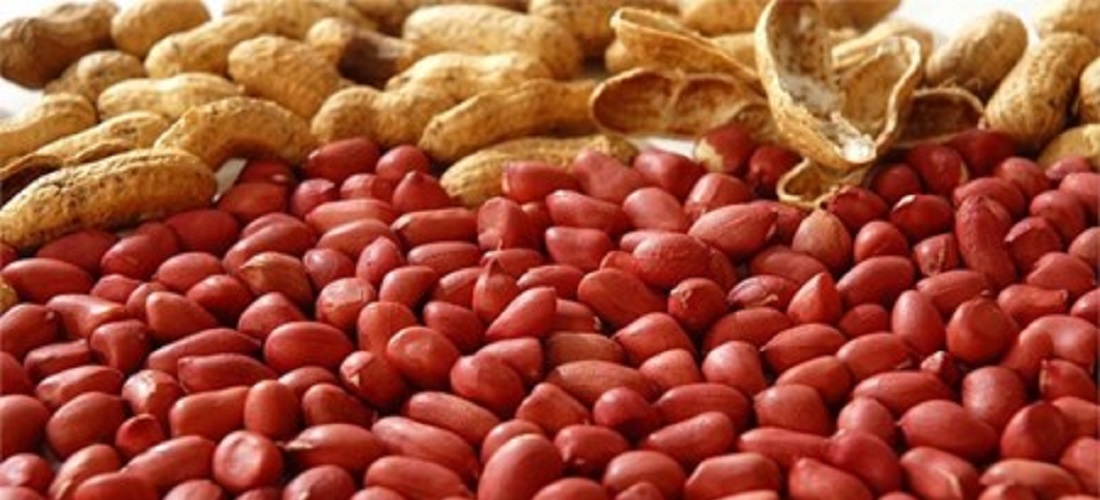
Brazil soars in peanut exports: 40% surge in just 3 Years
Oct, 03, 2023 Posted by Gabriel MalheirosWeek 202339
When it comes to Brazilian agribusiness exports, soybeans are one of the first products that come to mind, indeed the flagship of the country’s foreign sales. However, other crops have been gaining ground in Brazil in recent years. One example is peanut exports, which are beginning to establish themselves in Brazil. Shipments have grown by 360% over the last decade, with a 40% increase from 2019 to 2022 alone.
See below the evolution of Brazilian peanut exports (hs 1202) from January 2020 to July 2023. The data is from DataLiner.
Peanut exports | Jan 2020 – Jul 2023 | WTMT
Source: DataLiner (click here to request a demo)
Brazilian peanuts are making inroads in the international market, and this trend is expected to continue because Brazil is one of the few producers with room to expand cultivation, a favorable climate, and production technology. The quality of the grain has also been improving, according to the Brazilian Association of Chocolate, Peanut, and Candy Industries (Abicab) and various sectors in the production chain.
Between 2019 and 2022, Brazil’s peanut production increased by 60%, reaching nearly 900,000 tons. In 2022 alone, peanut exports totaled 285,600 tons, generating revenue of $333.4 million and placing Brazil as the world’s sixth-largest exporter, surpassing Argentina last year, with India in the lead.
In the first eight months of this year, Brazil exported nearly 197,000 tons from January to August, an 11% increase compared to the same period in 2022.
São Paulo dominates production
The state of São Paulo accounts for approximately 65% of Brazil’s peanut production. One of the standout regions in the state is Jaboticabal, where there’s a kind of “marriage” with sugarcane. Peanut cultivation occurs almost exclusively in areas where sugarcane is being renewed.
In Tupã, another important production region, peanut farming also takes place in areas of sugarcane renewal and pastureland reform. Peanut production is also expanding in Mato Grosso do Sul and Minas Gerais.
Despite the growth in recent years, there is still untapped potential, as indicated by José Antonio Rossato, director of Coplana, a cooperative in Jaboticabal that exports peanuts. He believes Brazil is “a sleeping giant” when it comes to peanuts.
According to Rossato, the leap in productivity began in 2000 when the activity became mechanized, and the upright varieties grown manually were replaced by low-growing varieties developed by the Agronomic Institute (IAC) and Embrapa.
One indicator of Brazil’s peanut advancement on the international stage is the number of countries buying the product. Since 2010, this number more than doubled, going from 53 to 115, according to Abicab.
According to a study by the Institute of Agricultural Economics (IEA), about 85% of the total exported peanuts were destined for 12 countries: Russia, Algeria, the Netherlands, the United Kingdom, Spain, Poland, Colombia, Turkey, Ukraine, South Africa, Australia, and the United Arab Emirates.
Last year, the conflict between Russia and Ukraine affected Brazil’s exports to both nations. However, this loss was offset by increased sales to the United Kingdom and South Africa and the opening of new markets, such as China, says Jaime Recena, president of Abicab.
China is the world’s largest importer and has just been visited by a business delegation led by Apex. However, it’s not the focus of Brazilian exporters because it primarily buys crude peanut oil. Brazilian exports of the product to China in 2022 totaled 152,000 tons, 83% of that going to China.
— The main interest of Brazilian exporters is to serve the European Union, which requires more certifications but pays $150 to $200 more per ton of fresh peanuts than Russia, Ukraine, and China — says Recena.
Last year, Brazil exported 70,000 tons of peanuts to EU member countries. There are 58 companies qualified to export, but only 18 are certified for the European market.
With the prospect of continued strong foreign demand, the race is on to increase productivity. In Jaboticabal, due to its “marriage” with sugarcane, researchers are searching for early-cycle peanut varieties, ranging from 110 to 115 days, that are more productive and resistant to pests.
Today, the production cycle varies from 120 to 150 days, depending on the variety, which can interfere with sugarcane planting.
According to agronomist Paulo Umberto Henn of Cras Brasil, in Itaju (SP), a leading peanut oil exporter, the planting area in the Tupã region is expected to grow by 10% to 15% this year:
— This is due to reasonable peanut prices and because the mills are intensifying sugarcane cutting in renewal areas. Peanuts compete with soybeans in sugarcane renewal, but those with machinery and teams for planting both crops opt for peanuts due to the drop in soybean prices.
Source: O Globo
To read the original news report, visit: https://oglobo.globo.com/economia/noticia/2023/10/03/muito-alem-da-soja-brasil-se-destaca-na-exportacao-de-amendoim-com-alta-de-40percent-em-3-anos.ghtml
-
Trade Regulations
Sep, 10, 2020
0
PARAGUAY EXPORTED 46 NEW ITEMS TO 35 NEW MARKETS IN LAST TWO YEARS
-
Grains
Mar, 07, 2024
0
Breadbasket of the World: Brazil dominates global exports of seven food products
-
Shipping
Aug, 23, 2019
0
Maersk Chile promotes dry cargo export to northern Europe
-
Ports and Terminals
Jan, 19, 2022
0
Suape will borrow money to finish dredging main channel for receiving superships


